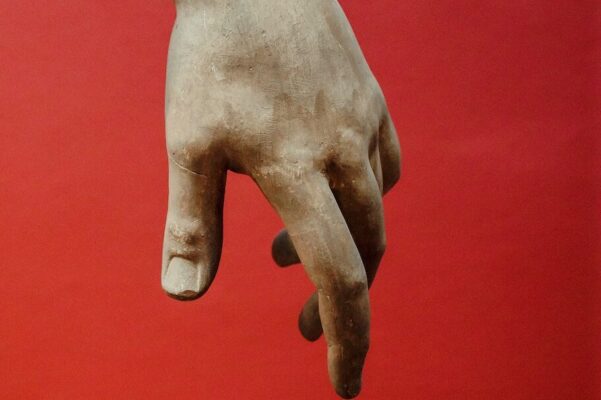Many people confuse Rheumatoid arthritis with Osteoarthritis (OA) due to their similar symptoms, but the two diseases are caused by different factors.
Osteoarthritis affects an estimated 9 million people in the UK while only 400,000 have Rheumatoid Arthritis.
Both of them are more prevalent in women than in men.
Rheumatoid arthritis can develop in patients anytime between the ages of 30 and 60 years old whereas Osteoarthritis generally develops later in life.
What is Rheumatoid arthritis
Rheumatoid arthritis is a systemic disease and affects the whole body including some organs.
It is what can be described as an auto-immune disease where the body starts to attack itself. This causes a chronic inflammatory condition,which affects joints, tendons, tendon sheaths (fascia), muscles and bursa as well as other tissues throughout the body.
It is three times more common in women and often begins in 20-50 year olds.
What is Osteoarthritis?
Whereas rheumatoid arthritis is an autoimmune disease that causes joint malfunction due to inflammation, osteoarthritis is a mechanical disease brought on by the destruction of joints through wear and tear.
Causes of Rheumatoid arthritis
The exact cause of RA is not known. Doctors do know that RA is an auto-immune disorder whereby antibodies are produced that attack the healthy joint tissue in patients. What triggers the immune system to create these harmful antibodies is unclear.
The primary risk factors for RA are thought to be genetic, environmental, hormonal, and even certain lifestyle factors like smoking and obesity.
Causes of OA
OA is caused by continued wear and tear on specific joints in the patient’s body. It is a chronic condition that can get worse with age. Certain jobs or sports that involve repetitive stress and strain on joints can also lead to developing OA. Old injuries or ones that didn’t heal properly can also increase the risk of developing OA.
There is also a potential genetic risk factor associated with OA whereby it’s possible to inherit cartilage deterioration.
RA Symptoms:
Rapid onset which get worse over a short time
- Joint pain, stiffness, swelling affecting many joints all over the body
- Symmetrical symptoms affecting both sides of the body
- Morning stiffness lasting longer than 30 minutes
- Systemic symptoms like fatigue, fever, and loss of weight and generally not feeling well
OA Symptoms:
Symptoms develop slowly
- Joint pain and stiffness usually affecting hands, fingers or knees
- Joints on one side affected worse than on the other side
- Morning stiffness lasting fewer than 30 minutes
- Possible spine and hip pain as well
- No systemic symptoms
Diagnosis
Sometimes it can be difficult to reach a proper diagnosis because the two have such similar physical symptoms in early stages of the disease.
RA is diagnosed by performing a physical examination, reviewing your clinical symptoms as well as discussing your family medical history. Doctors also perform blood tests to look for the presence of antibodies that are known contributors of rheumatoid arthritis. Imaging tests are also performed to look for signs of joint damage and inflammation.
Diagnosis
OA is also diagnosed with imaging tests.
X-rays and MRIs show the progressive damage and deterioration happening the joints.
OA cannot be diagnosed with a specific blood test. However, blood tests can help rule out RA or other diseases that also cause joint pain and inflammation.
Treatment
Neither form of arthritis has any known cure. The aims of treatment for both types of arthritis is to reduce pain, manage symptoms, and prevent further destruction to the joints. Nonsteroidal anti-inflammatory medications (NSAIDs) like ibuprofen are used to treat both types of arthritis symptoms by reducing swelling and pain.
Because RA is an autoimmune disorder, specific drugs are prescribed to attempt to suppress the immune system,which will prevent antibody formation leading to decreased flare-ups and prevent further damage.
Physiotherapy and occupational therapy are both used to help patients improve mobility and adjust their daily routines.
Exercise, weight management, and overall healthy living habits are essential in treating and manage both diseases.
Extracts from- https://www.rheumatoidarthritis.org


Pingback: Arthritis – Myhealth4life